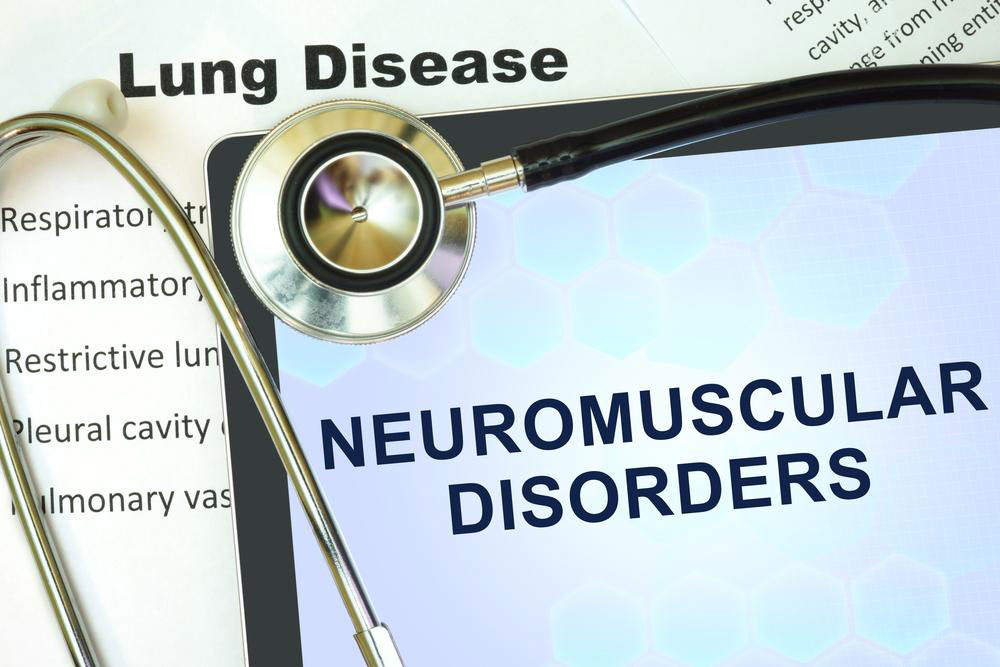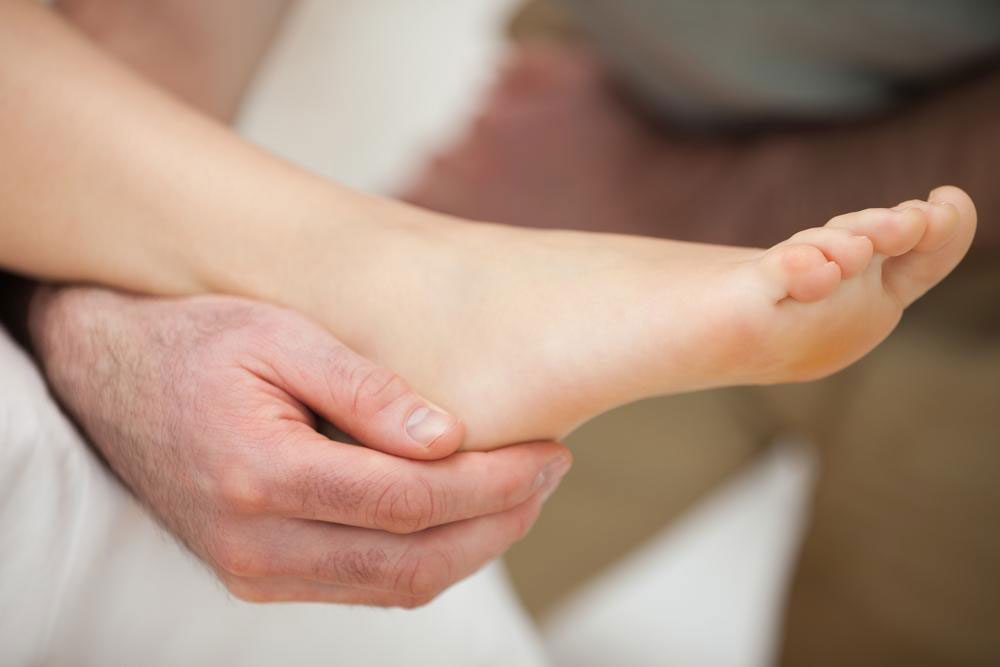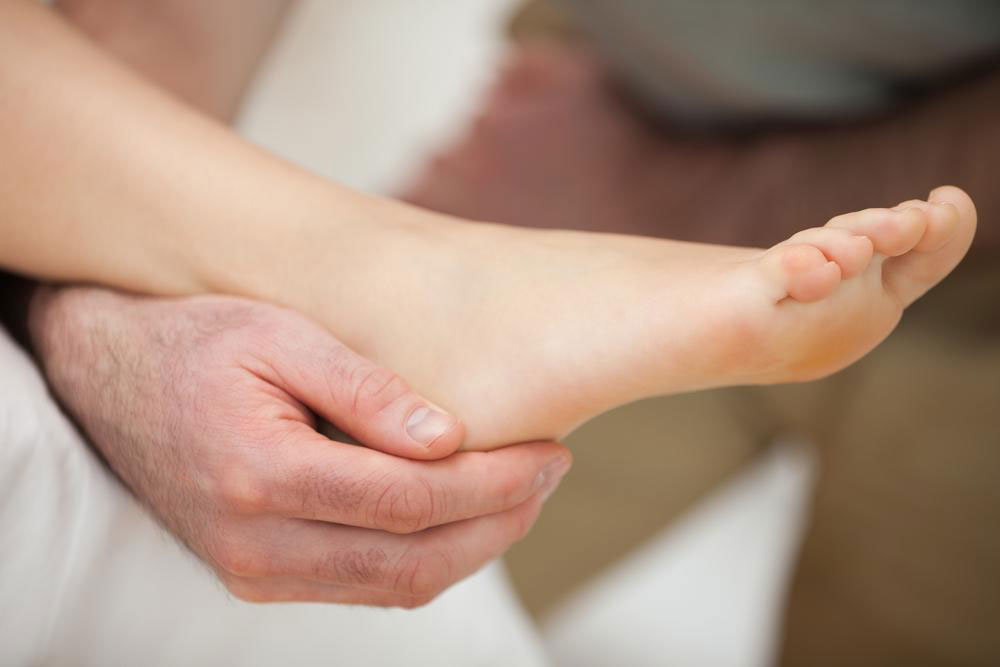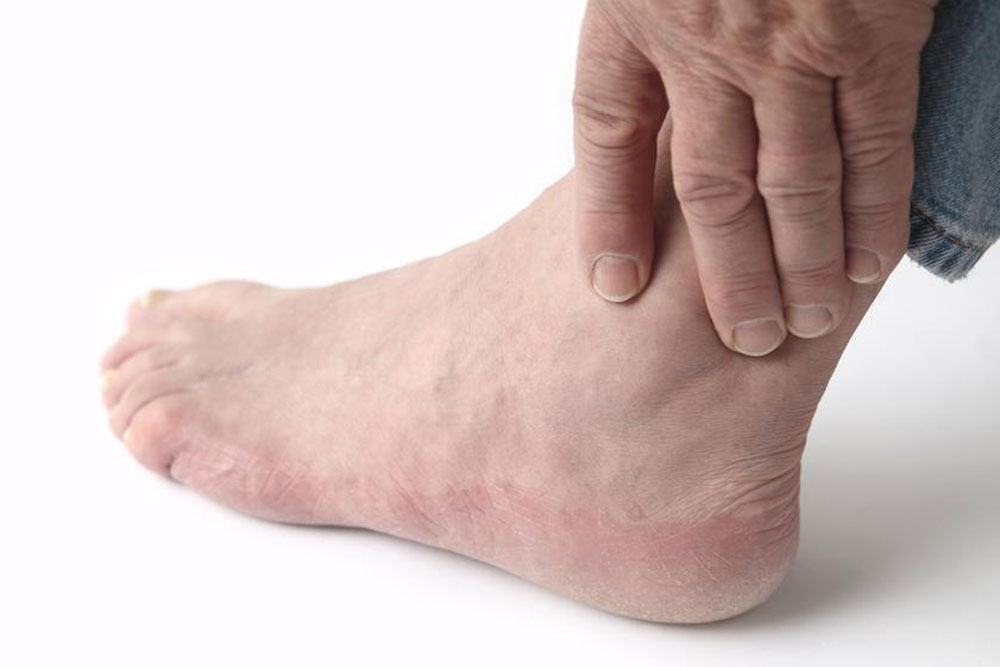Comprehensive Overview of the Top 8 Neuromuscular Disorders You Must Know
Explore the top eight neuromuscular disorders impacting millions globally. This detailed overview covers causes, symptoms, diagnostic methods, and management options for conditions like ALS, MS, muscular dystrophy, and more. Stay informed to recognize early signs and understand treatment strategies for these progressive diseases that affect muscle strength and mobility. Advancements in therapy and research continue to offer hope for better management and potential cures in the future.

Neuromuscular disorders encompass a broad spectrum of conditions that primarily affect the nerves that control voluntary muscles, leading to progressive muscle weakness, deterioration, and movement difficulties. These debilitating diseases can significantly impact an individual's quality of life, hindering mobility and independence. In severe cases, some neuromuscular conditions also lead to life-threatening complications, including heart and lung issues. Understanding these disorders is crucial for early diagnosis, effective management, and exploring potential future therapies. This comprehensive guide delves into the eight most prevalent neuromuscular conditions that are currently impacting millions worldwide, shedding light on their causes, symptoms, and treatment options.
Amyotrophic lateral sclerosis (ALS): Often referred to as Lou Gehrig's disease, ALS is a progressive neurodegenerative disorder that affects motor neurons in the brain and spinal cord. This deterioration leads to a loss of muscle strength, paralysis, and ultimately, respiratory failure. The exact cause remains unknown, but both genetic and environmental factors are believed to contribute. Symptoms typically begin with muscle twitching, weakness, or difficulty speaking, progressing rapidly to full-body paralysis. Currently, there is no cure for ALS, but treatments like riluzole and edaravone can slow progression and improve quality of life. Advanced supportive care, including ventilators and physical therapy, plays a vital role in managing the disease.
Charcot-Marie-Tooth disease: This inherited genetic disorder is characterized by mutations affecting the peripheral nerves, especially those in the arms and legs. It causes a gradual loss of nerve function leading to muscle wasting, numbness, and impaired coordination. Patients often experience high arches, foot deformities, and difficulty walking. The disease is hereditary, with multiple genetic subtypes, and symptoms can vary widely among individuals. There is no cure for CMT, but physical therapy, orthopedic devices, and occupational therapy help manage symptoms and improve mobility. Researchers are exploring gene therapy as a potential future treatment.
Multiple sclerosis (MS): MS is a chronic autoimmune condition where the immune system erroneously attacks the myelin sheath—a protective covering surrounding nerve fibers in the central nervous system. This damage disrupts communication between the brain and the rest of the body, leading to a range of neurological symptoms such as fatigue, difficulty walking, numbness, and vision problems. The course of MS varies widely, with some experiencing relapses and remissions while others face progressive decline. Disease-modifying therapies, including interferons and monoclonal antibodies, can reduce flare-ups and slow disease progression. Additionally, physical rehab, muscle-strengthening exercises, and symptom management improve patient outcomes.
Muscular dystrophy: This group of genetic disorders causes progressive degeneration and weakness of skeletal muscles. The most common form, Duchenne muscular dystrophy, predominantly affects young boys due to mutations in the dystrophin gene. Symptoms often begin with frequent muscle cramps, difficulty walking, and enlarged calves, worsening over time to encompass respiratory and cardiac complications. Management involves corticosteroids to slow muscle deterioration, physical therapy to maintain mobility, and assistive devices. Emerging gene therapies and experimental treatments aim to address the underlying genetic cause, providing hope for improved outcomes in the future.
Myasthenia gravis: An autoimmune neuromuscular disorder, myasthenia gravis causes disruptions in neuromuscular transmission, leading to weakness in voluntary muscles. It often manifests with drooping eyelids, double vision, difficulty swallowing, and fatigue. The disease involves the production of antibodies that block or destroy acetylcholine receptors at the neuromuscular junction. Treatment options include medications like pyridostigmine, immunosuppressants, and plasmapheresis. Thymectomy, surgical removal of the thymus gland, may improve symptoms in certain cases. Although it can be difficult to predict disease course, many patients experience significant improvement with appropriate therapy.
Myopathy: Myopathies are a diverse group of muscle fiber disorders characterized by weakness, cramps, stiffness, and sometimes muscle swelling. They can be inherited or acquired due to infections, medications, or autoimmune diseases. Patients often report difficulty in activities requiring muscle strength such as climbing stairs or lifting objects. Diagnosis involves blood tests, electromyography, and muscle biopsies. Treatment varies depending on the cause but generally aims to reduce inflammation, control autoimmune activity, or manage symptoms. Physical therapy plays an essential role in maintaining muscle function and preventing disability.
Myositis: Myositis refers to inflammation of the muscles caused by autoimmune reactions, infections, or adverse effects of certain medications. Symptoms include muscle weakness, swelling, and tenderness, primarily affecting the hips, shoulders, and neck. Types of myositis include polymyositis and dermatomyositis, both of which require a combination of immunosuppressive drugs, corticosteroids, and physical therapy. Early diagnosis and treatment are crucial to prevent muscle damage and improve quality of life. Researchers continue to investigate the underlying mechanisms to develop targeted therapies.
Spinal muscular atrophy (SMA):A genetic disorder primarily affecting infants and children, SMA results from the loss of motor neurons in the spinal cord that leads to muscle weakness and paralysis. It is caused by mutations in the survival motor neuron 1 (SMN1) gene. Symptoms often include poor muscle tone, difficulty breathing and swallowing, and limited mobility. Advances in genetic research have led to the development of gene therapies, such as nusinersen and onasemnogene abeparvovec, which significantly improve outcomes if administered early. Supportive care, including respiratory management and physical therapy, remains essential for affected individuals. Ongoing research aims to discover more effective and accessible treatments for SMA.
Most neuromuscular disorders are linked to genetic or immune system abnormalities, and currently, there are no definitive cures for many of these conditions. However, medical advancements have led to numerous therapies that focus on managing symptoms, maintaining mobility, and improving quality of life. Early diagnosis and multidisciplinary treatment approaches are crucial for optimizing patient outcomes. Researchers worldwide continue to explore innovative therapies, including gene editing, immunotherapy, and neuroregeneration techniques, offering hope for future cures and improved management strategies for neuromuscular disorders.





